Cellist and teacher Naomi Yandell outlines the reasons why duet playing is an essential tool in one-to-one instrumental teaching
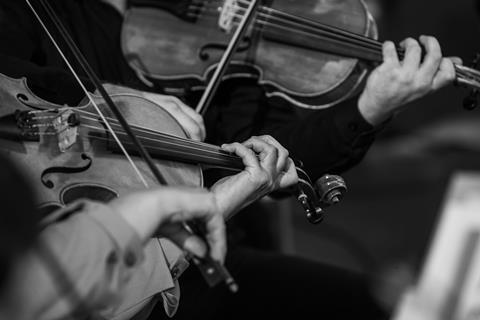
Discover more Featured Stories like this in The Strad Playing Hub
Read more premium content for subscribers here
During the pandemic, a colleague and I were so frustrated by the lack of face-to-face contact with our students that we were inspired to write a series of duet books for the time when things got back to normal. Since then, I have increasingly valued teaching and playing duets in my lessons.
For most students, practice at home tends to be by its very nature a solitary occupation and, unless the family happens to be musical, students are likely to beaver away in their bedrooms on their own, their lessons being the only exception.
Some music schools (and, of course, summer schools, for those whose parents have the means to pay for them) offer ensemble playing as part of the curriculum, but these days, fewer mainstream schools have orchestras and other ensemble activities laid on.
It is, therefore, not an exaggeration to say that some of the most crucial parts of learning an instrument, namely ensemble skills – the need to be present in the moment, to play with enough awareness of what is happening around you, and to react positively to what you hear in real time – may well be almost entirely excluded from the educational process.
Added to this is the fact that fewer teachers are accompanying their students on the piano, either because they don’t play or because there isn’t a piano supplied in the teaching room. Backing tracks only go so far.
In the UK, the major exam boards have reacted to this new reality by including duet options in the first three grades (I hope that these options are eventually extended throughout the syllabus, since there are many excellent duets of all standards on offer). The benefits are far-reaching: string players are best trained to be versatile so that they are capable leaders, followers and team players, and duets generally make varied demands within the music. The parts are usually distributed equally, so that while one player leads one section, the other will accompany, and vice versa. There are also sections where both parts are equally balanced, with players playing together, say in 3rds.
Leading, following and teamwork all demand coordination of movement and breathing, eye contact and listening skills. After all, even for two players to play a simple pizzicato chord together after a rest requires them to time their movements in a coordinated way, and also to match their sound.
Choosing and communicating a pulse when leading and other more general rhythmic skills are also required, bringing with them an increasing understanding that it matters that the ensemble music really fits together. This sounds obvious, but it can take a while to absorb, especially if the players are not working from a full score.
The importance of deciding on a workable bowing is highlighted too, so that students understand why it makes sense to decide on a bowing and stick to it (always so useful, and especially in orchestral playing). Attention has to be paid to voicing and balance between the parts, which leads to a better understanding of dynamic levels and blending.
However, the most wonderful thing about teaching with duets is that important learning takes place within the context of the enjoyment of making music together. I have never encountered a student who doesn’t react positively to duet playing, even in the case of students who usually struggle to express themselves.
There is a sense, maybe, that this joint endeavour humanises the teacher for the student, who may be of a very different generation; and from the teacher’s point of view, a lot can be communicated in duet playing without resorting to spoken language, on which we were forced to rely too heavily when teaching online during the pandemic.
Read: Opinion: The importance of repetition in teaching
Read: Opinion: Making the most out of chamber music coaching
Discover more Featured Stories like this in The Strad Playing Hub
Read more premium content for subscribers here


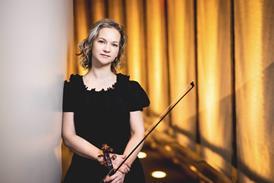








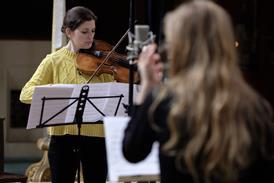


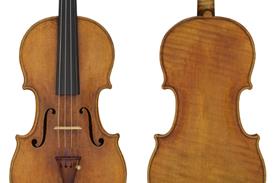
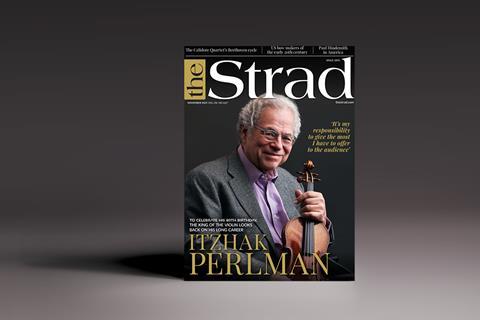



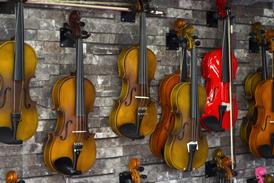

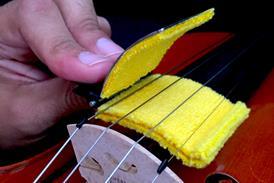
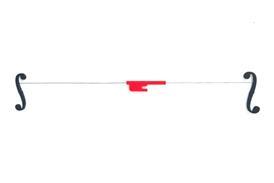
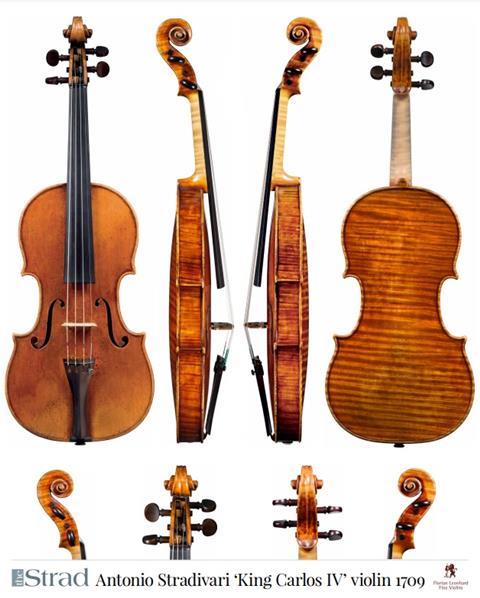
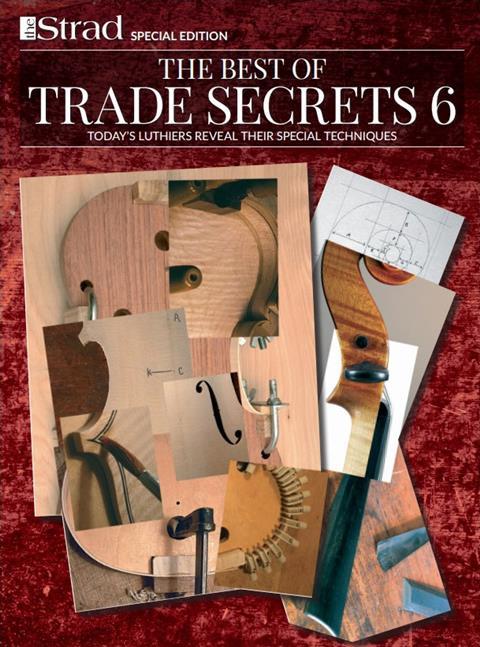

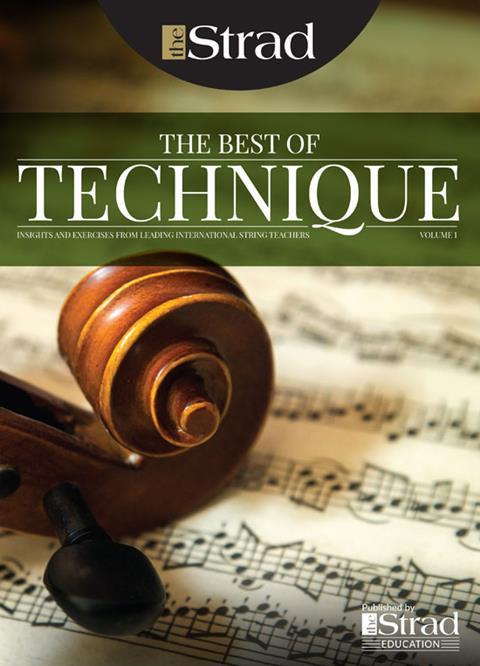
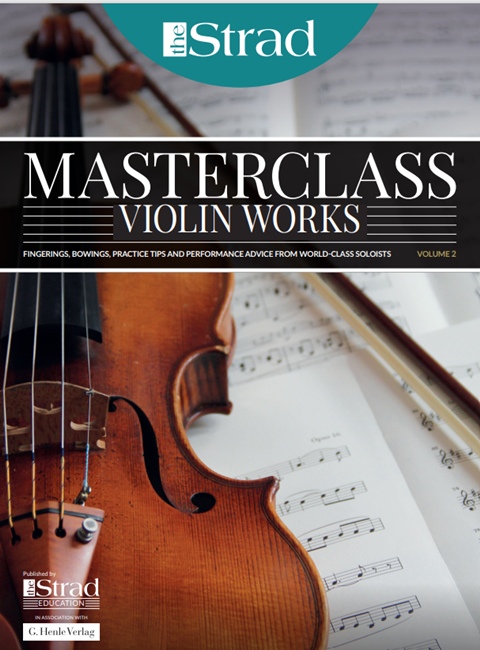
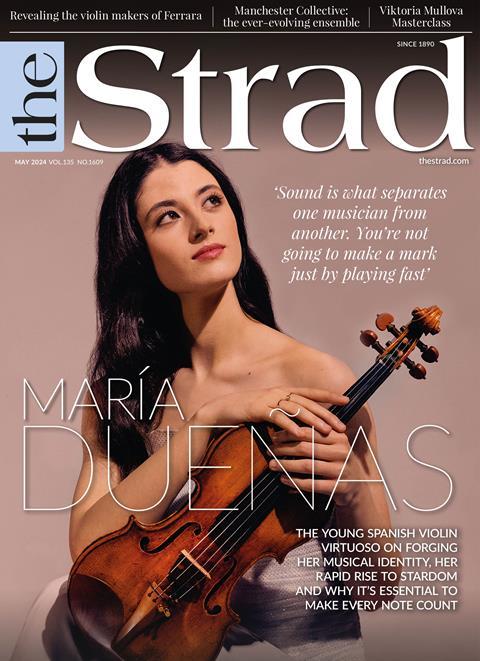













No comments yet